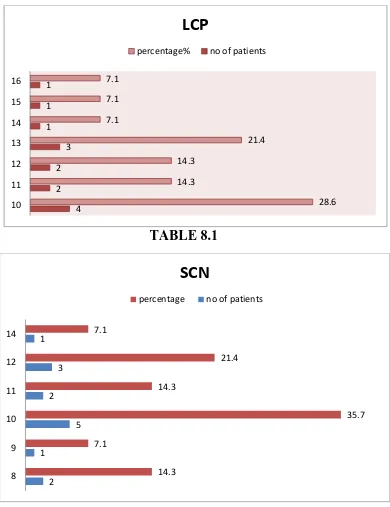A Comparative study on the Functional Outcome in the Management of Extra Articular Distal Femur Fractures by Retrograde Intramedullary Interlocking Nailing Vs Distal Femoral Locking Plate
Full text
Figure



Related documents
During hands-on exercises with organisations work- ing with their own data, all organisations are able to make assumptions about sections of their access policy (such as
Introducing interactions between the public sector dummy and education and the quadratic in experience results in a positive esti- mate of the public premium of 4.5 logs points
This study is to evaluate the complications, functional and anatomical outcome of distal femur fractures, treated by open reduction and internal fixation using
2 The options for operative treatment are traditional plating techniques that require compression of the implant to the femoral shaft (blade plate, dynamic condylar
To study the functional and radiological outcome of distal femoral fractures in adult patients treated by open reduction and internal fixation with locking condylar
In unstable proximal femur fractures that were difficult to nail and were therefore, were managed with reverse distal femoral locking plate was observed that the complications
The primary aims of the current study were to rigorously validate the flooding dose methodology for measurements of protein synthesis at sub- zero water temperatures and to answer
While the presence of heparin (5 mg/ml) during viral adsorp- tion demonstrated 100% inhibition (Fig. 1A), preincubation demonstrated less than 20% inhibition at concentrations up to